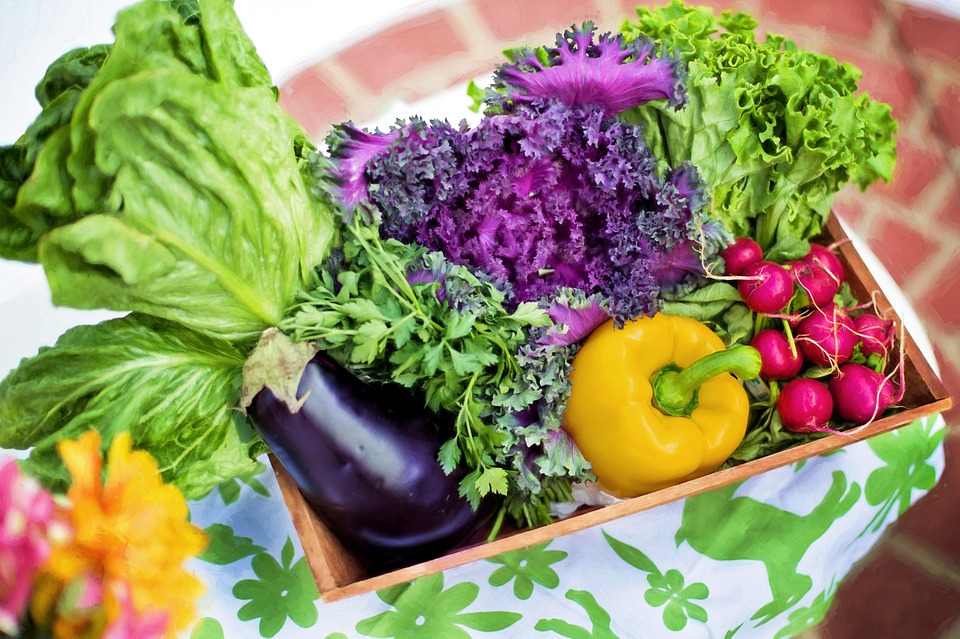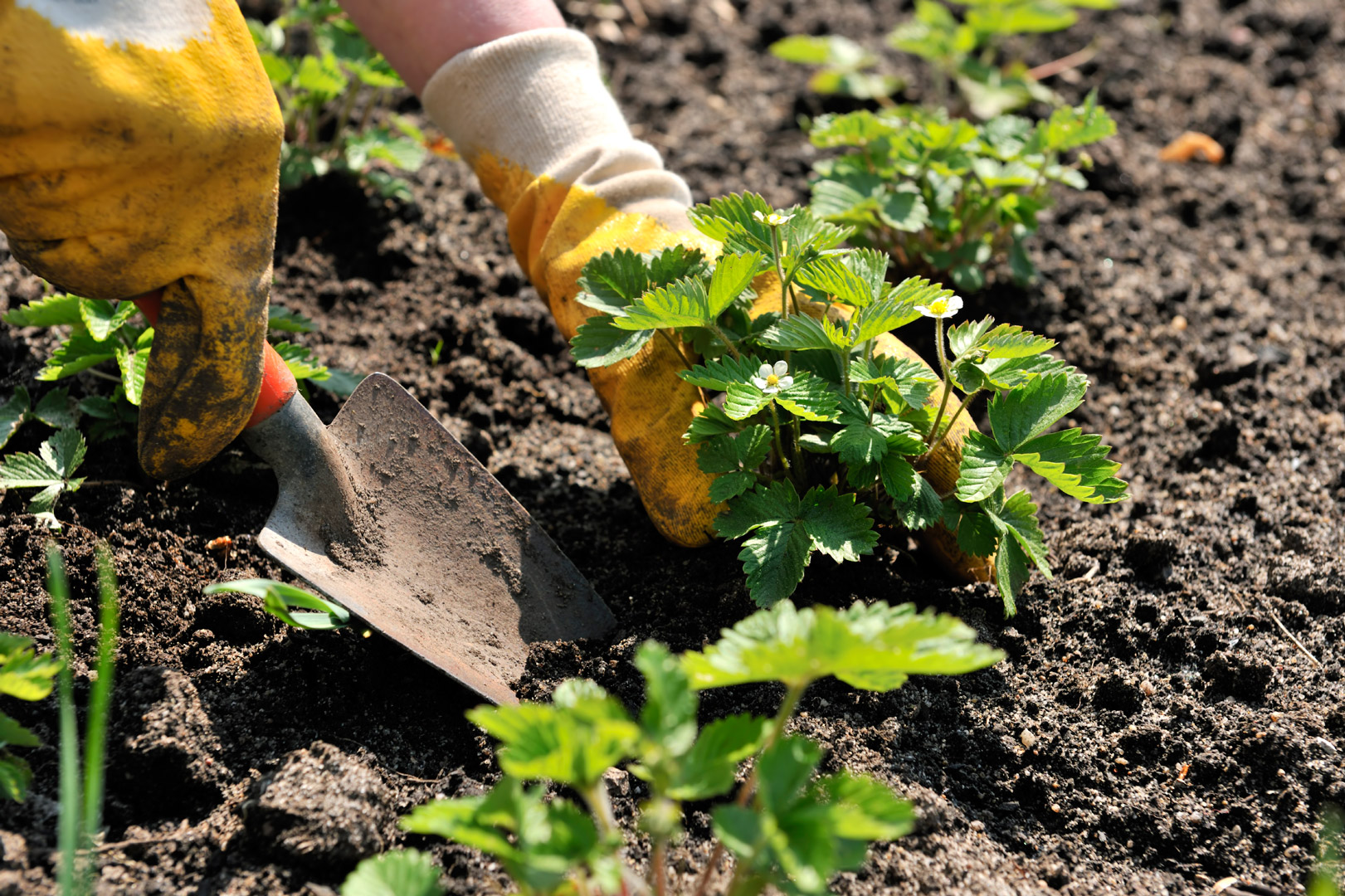Taking care of a garden in a flat has some peculiarities compared to a traditional one. Growing your greens at home doesn’t require as much space as you would expect. Besides, it helps lower the levels of stress and anxiety typical of cities, allows you to reconnect with nature, provides healthy and organic food, and promotes responsible consumption, because what you grow in your garden will be for your consumption.
However, for your project to succeed, you need to take some considerations into account:
1) The Location
Determining the space that the city garden will occupy is vital for success. We need to create this space in a ventilated, sunny place that receives natural light for as long as possible.

2) Irrigation and drainage
If you know where you’re going to put the garden, it’s time to think about how to get a good drainage system. If you can, channel the excess water into a drain, but if this is not possible, a good alternative is to place containers under the pots or pots that collect the excess irrigation water.
It should also be taken into account that crops require a considerable amount of water, so place them, if possible, near a water supply. This makes watering much more comfortable. For the garden to be as functional as possible with the resources, installing a drip irrigation system is useful. You will save water, and the task will be easier.
3) The Pots
If you are going to grow the seeds or plants in pots, keep in mind that these should be between 7 and 15 centimeters deep for optimal plant growth.
There is also the possibility to reuse some elements of daily use for growing our garden. For example, you can sow the seeds in plastic bottles or the wooden crates that vegetable growers use.
4) The Substrate
As obvious as it may seem, the best soil to cultivate a garden is that of a cultivated field, so you can take a walk in the area to grab some bags. However, it is useful to mix it with plant substrate. It is advisable to fertilize the land about twice a year. For this, you can use compost.
On the other hand, each plant indeed needs specific soil properties to grow optimally, so make sure you have all the details possible before growing the greens or vegetables you opted for.

5) Plants
Unfortunately, we can’t just grow a plant at any place and time of the year. That is why it is useful to take into account which ones are in season. You can look for calendars to consult the best time to plant, transplant, and collect different vegetables.
It is also useful to combine vegetables, aromatic plants, or flowers because some of them are natural repellents of pests and fungi.
6) How to Sow or Transplant?
You can do it directly in pots to sow the garden, although it is sometimes useful to transplant it when the plants have already grown a few inches. It would help if you kept in mind that some vegetables, such as carrots, cannot be transplanted.
You can make your seedlings by putting some soil in empty yogurt cups or containers and placing the seeds there. It is also possible to germinate a seed by placing it between damp paper or spongy ground.
When transplanting, you have to be very careful not to damage the roots. When you place the seedling in the new pot, lightly press the soil and water immediately.

Let us know if these few tips have helped in the comments below!


